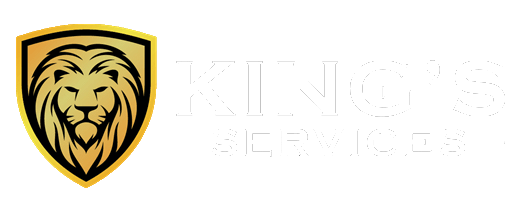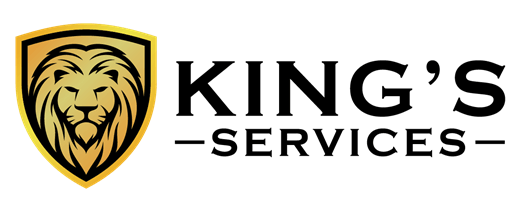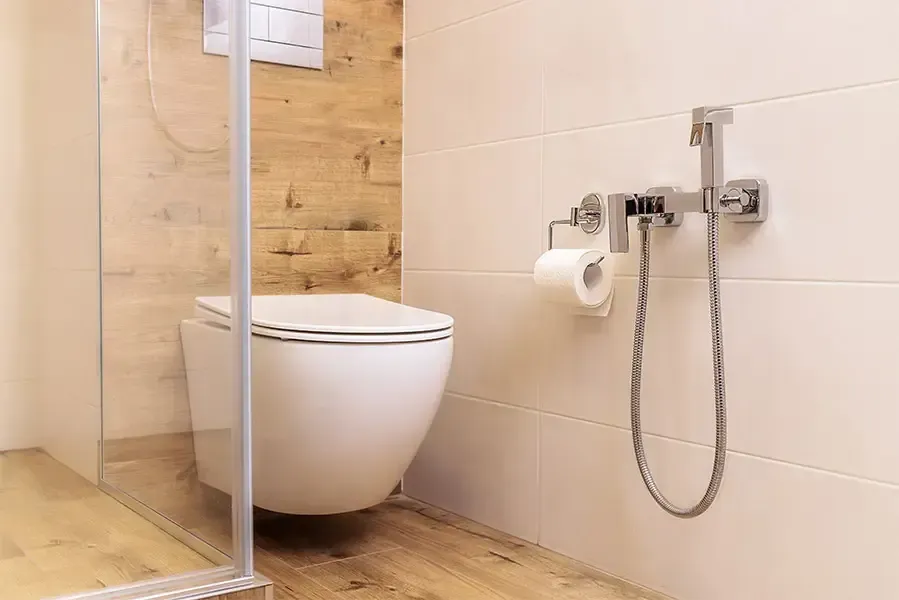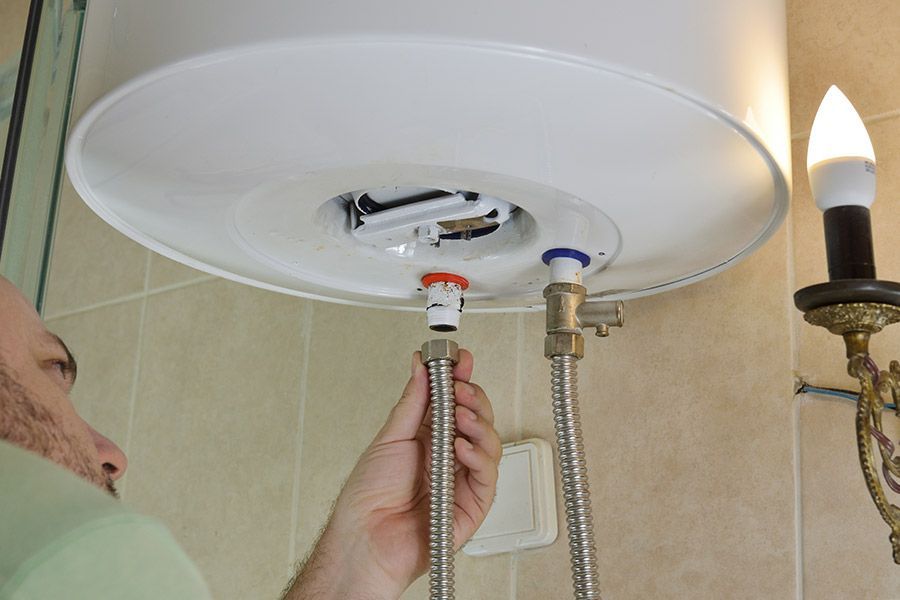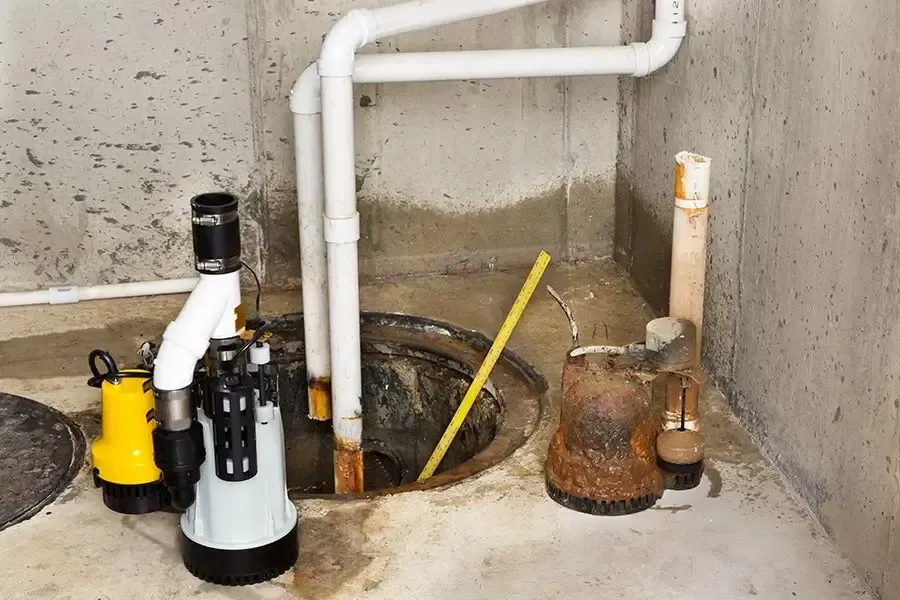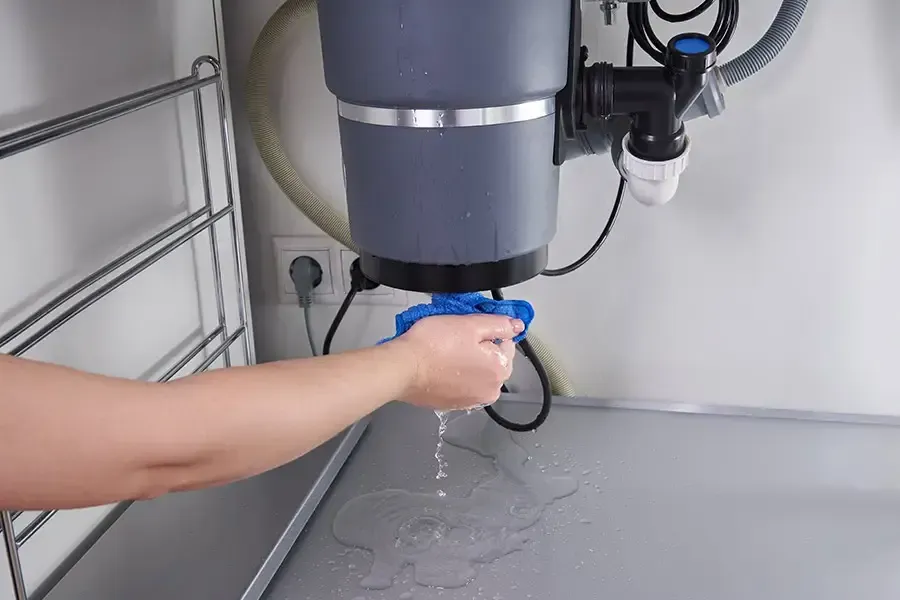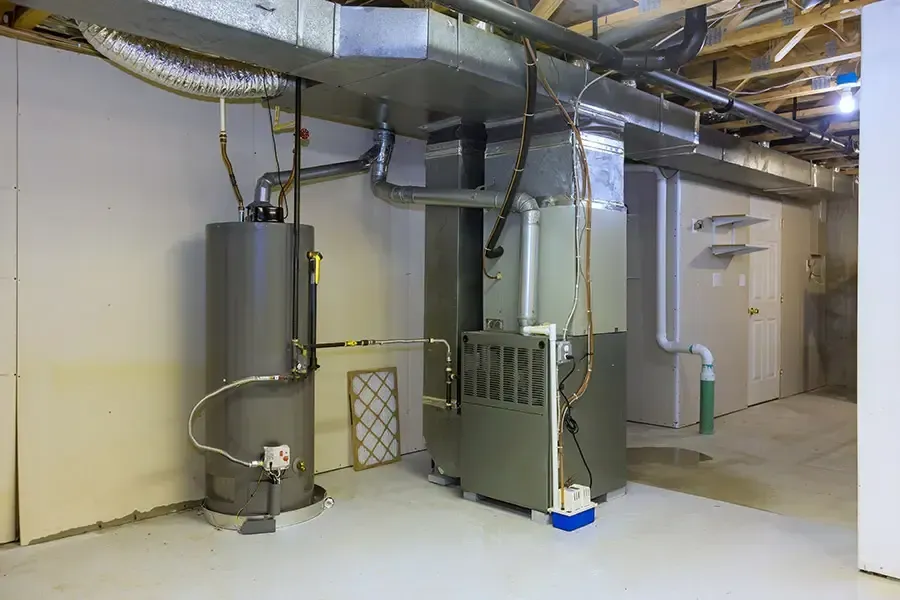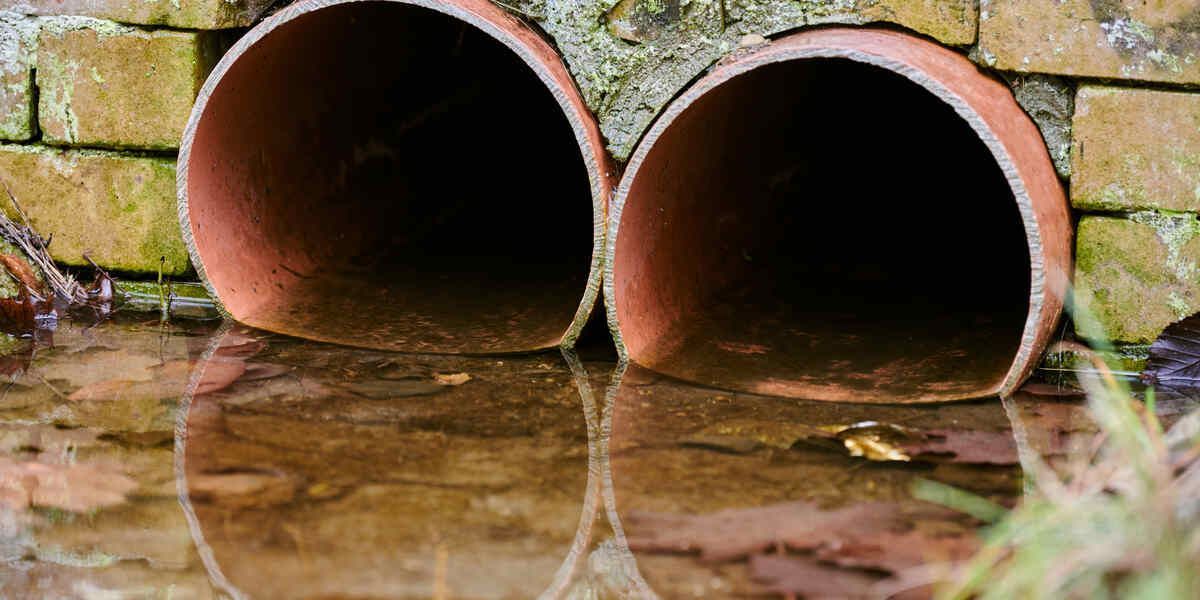
Sewage is an overlooked part of daily life. Because of this, many people have no idea what goes into its operation, which means they might miss certain problems.
How does a sewer system work? King's Services, Winnipeg's trusted rooter services, is here to provide you with a brief rundown.
From Your Home to the Sewer
It may seem overly simple, but gravity is the most powerful and important factor in a sewage system. The fundamental principle of sewage is that water travels downward and carries the waste with it.
The first stage of the waste's journey is from your house to the water treatment plant, though the journey itself is broken down into several steps.
Pipes to Main Sewer Line
Waste includes everything from your toilet water to your dirty dishwater. When this water goes down the drain, it enters your drainage pipes.
Your house has a relatively low volume of sewage. The pipes are between six and 12 inches, and use gravity to transport your waste water to the main sewer line.
Main Sewer Line
The main sewer line is where all the waste from every house in the neighborhood collects.
The system functions much like the branches of a tree. The biggest main line runs to the water treatment plant. From there, smaller lines branch off to individual neighborhoods. The individual houses all connect to these neighborhood lines.
The main sewer lines range in size from eight inches to 11 feet in diameter, depending on the flow it handles.
When Gravity Doesn't Work
In some environments, the process needs help. In this case, the city builds a grinder pump or lift station. Pumps and lift stations rely on high pressure to push the water and solids upward. If the water treatment plant resides on a hill or the city has significant changes in elevation, gravity will need help.
The Problem with Clogs
A sewage system can experience blockages anywhere along the line. While your household pipes are the easiest to clog because of their size, even the largest sewer mains can suffer blockages.
What's the main cause of sewer blockages? Flushing things that don't belong! The biggest culprits include:
- Flushable wipes. The name is misleading. While they'll make it past your toilet, they build up in the main sewer line and cause problems for the entire neighborhood.
- Toys. When kids flush toys, they often don't make it past the toilet. If they do, they have the same effect as flushable wipes.
At the Treatment Plant
What happens when the wastewater reaches the treatment plant? Different plants have different capabilities, but in general, the process looks the same.
Screening and Elimination
Anything the treatment plant can't handle, like logs, bricks, and other large objects, is filtered from the sewage, and the water and waste continue on.
Pre-Treatment
Mud and sand are filtered out in a special chamber called a grit chamber. Later, a water treatment expert takes this material, called "grit and screenings," to a landfill for responsible, environmentally friendly disposal.
At this point, the wastewater treatment plant can treat whatever contaminants the water still contains.
Primary Treatment
The water and remaining sewage travel to a clarifying tank, where the sediment settles to the bottom. In most systems, this removes up to 60% of the solids in the water.
The purpose of this stage of treatment is to prepare for the removal of harmful chemicals or trace minerals. By removing fecal matter, debris, dirt, and other solids, the plant prepares the water for more intense cleaning and sanitation methods.
Secondary Treatment
At this stage, the treatment plant introduces oxygen into the water to stimulate the growth of microorganisms. This good bacteria consumes most of the remaining waste, leaving the water up to 90% free of toxic material and chemicals.
What do the bacteria consume? Substances include:
- Food waste
- Detergents, soaps, and cleansers
- Remaining human waste
The waste and bacteria settle at the bottom of the tank, and the mostly-clean water moves on to the final stage of treatment.
Tertiary Treatment
When most people think of water treatment, they think of this last stage. During tertiary treatment, chlorine and other purifying chemicals permeate the water to remove most of the remaining chemicals.
The process focuses on removing nitrogen and phosphate, two common byproducts of human waste, but also removes other contaminants. Some treatment plants also run the water through activated carbon, further increasing the effectiveness of the purification process. This stage allows the water quality to reach acceptable levels for reintroduction.
After the Treatment
So now you know the answer to, "How does a sewer system work?" But what happens to the water after the treatment plant?
The Waste
The solid material that settles at the bottom of the tanks is removed, heated, and formed into fertilizing pellets for farmers.
The Clean Water
Depending on the state and city's laws, the water is directed to various locations.
The remaining wastewater travels through a pipe and is discarded into a larger body of water like the ocean or a lake. Here it mixes with the water and dilutes to non-threatening levels.
The system might also direct the water to irrigate non-edible crops, landscaping needs, or groundwater. Many municipalities do not allow past sewage water into drinking water, no matter how effective the treatment process is.
Outside the Urban System
If you're outside a city or populated area, you likely don't have access to its sewage system. In this case, properties use septic tanks to clean their waste.
Septic tanks work much like the second stage of water treatment. The water settles, bacteria cleans it, and then the waste and water are pumped out separately to different locations.
Call King's Services for All Your Sewage Problems
Now you know the answer to your question, "How does a sewer system work?" Whether you're wondering how to keep sewer lines clean or need to repair a damaged sewage line, King's Services is here to help.
Call us at 431-813-5843 to set up an appointment today!
